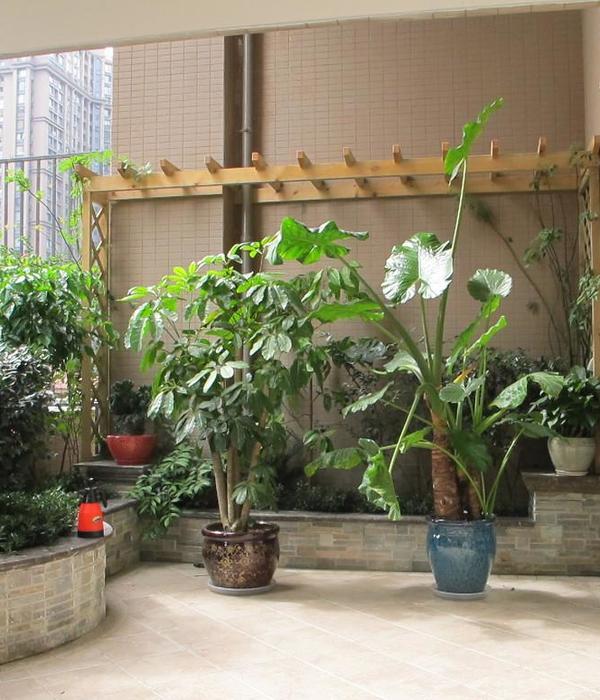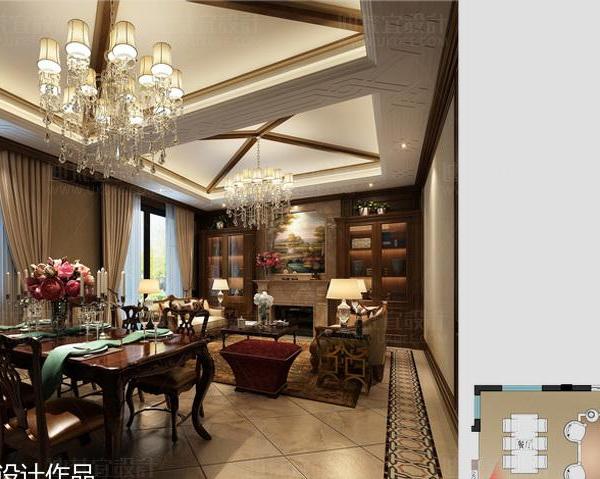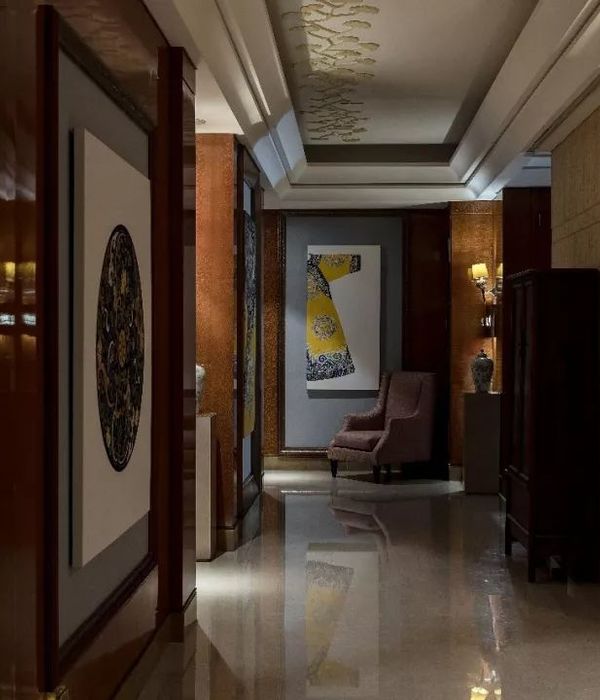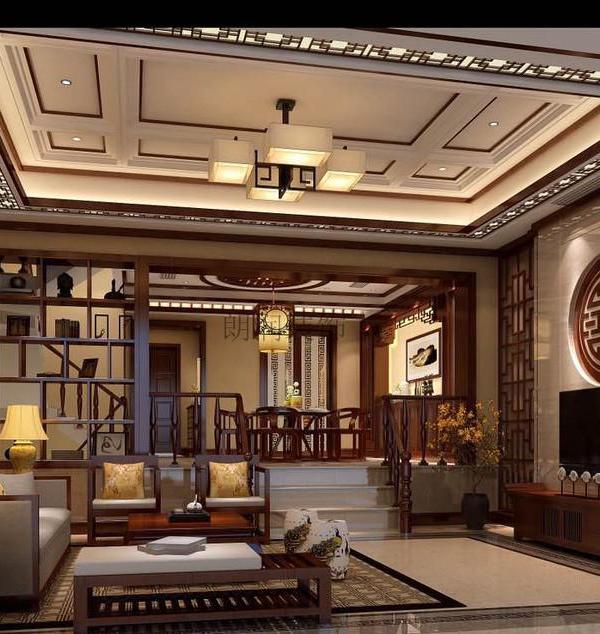这间微型公寓位于一幢曾是护士宿舍的1950年代公寓楼中,该公寓楼坐落于大学园区与新兴创意园区之间。该项目公寓面积28平方米,是对微型住宅设计的又一次探索,旨在引导设计回归住宅的基本需求并将其融入充满活动力的城市氛围中去。
The micro-apartment is sited between a university campus and a burgeoning creative quarter, in a 1950s apartment block of identical studios originally built for nurses’ accommodation. At 28 square metres, the project is yet another iteration in the study of micro apartments epitomised by a return to the fundamentals of dwelling and access to the vibrancy of the city.
▼公寓入口,entrance of the apartment ©Sherman Tan
设计师团队采用了他们擅长的小空间设计策略:扩大空间景深,减少材料种类并采用特殊的表现手法。空间的中景与远景营造出迥然不同的空间氛围。木制家具沿公寓的墙壁从地板延伸到天花板上,木板与凹凸不平砖墙的相接处经过细致的打磨而完美相切。公寓内原有的内墙被拆除,而后嵌入4.5米长的钢梁承载上方的压力。钢梁被吊起,穿过门并部分嵌入隔断墙中。这些横梁可以实现不同空间的自由布局,将北面的光线最大程度地引入室内,同时实现空气对流。
▼门厅地板抬高隐藏管道设备,the raised threshold conceals pipework ©Sherman Tan
▼钢梁插入墙中, steel beam was inserted walls ©Sherman Tan
We relied on familiar design strategies for small spaces; amplified depth of views, reduced materiality, and monumental expression. Framing of intermediate and distant views entwine spaces of high contrasting atmospheres. Joinery extends from wall to wall or floor to ceiling, where the junctions between uneven brick and the edges of ply were painstakingly carved to match. All existing internal walls were demolished and a 4.5 metre long steel beam was inserted to pick up loads from above. Craned up, threaded through the door and keyed into parti walls, the beams allow for the free organisation of elements, maximisation of filtered northern light and through ventilation.
▼木制家具与白色砖墙拼接,wooden furniture jointed with white brick wall ©Sherman Tan
木板贴面的储物架将起居空间与被金属及浅色板材包裹的走廊隔开。这个1.8米宽的空间由三个部分组成,厨房,浴室和门厅,空间内排布着紧凑的储物空间。浴室从地板到天花板统一铺设有红色勾缝的黑色瓷砖,以扩大原本局促的空间。厨房与浴室之间,升高的地板隐藏起公寓内的管道设施,并放置有鞋柜,洗衣设备及衣柜,成为通向起居空间的走廊空间。
▼木制柜体成为隔断,wooden cabinet becomes partition ©Sherman Tan
▼可从隔断看向厨房,view of the kitchen from the partition ©Sherman Tan
▼隔断柜体中木板包裹的通道,board-wrapped aisle in partition cabinets ©Sherman Tan
A veneer of ancillary spaces and storage shields the living space from the corridor, wrapped around steel and sheathed in pale ply. This comprised of a triad of compartments; kitchen, bathroom and threshold. An extra deep bench-top is both easy mise en place and servery, its 1.8m wide dimensions allowing for the full complement of compact appliances and storage. Black tiles grouted red clad the bathroom from floor to ceiling, intensifying its already intimate proportions. Coterminous between kitchen and bathroom, the raised threshold conceals pipework and shoes, laundry and wardrobe, forming a compressive portal to the living space.
▼从走廊看向起居室,view of the living space from aisle ©Sherman Tan
小面积起居室总是不可避免的面临独享空间与活动空间之间的矛盾,因此该公寓起居室的设计有意模糊了空间的功能性,仅仅将其朝向设为东向,使其面向高早过的仓库和附近的商店。起居室以白色的砖纹墙面为背景,放置着与传统家具不同的悬浮平台,该平台可变形为双人床或可供8人使用的简易座椅。
▼隔板可作双人床也可作8人座椅,floating platform that sleeps 2 or seats 8 ©Sherman Tan
As de rigueur of compact living spaces that oscillate between ascetic and social modes, the living room is ambiguously considered in its affordances, characterised only by its orientation towards easterly views of converted warehouses and neighbourhood shop houses. With a textural backdrop of brick painted white, the living space eschews furniture in conventional form for a floating platform that sleeps 2 or seats 8; the simplest gesture possible.
▼厨房,kitchen ©Sherman Tan
▼厨房操作台嵌入柜体,kitchen countertop embedded in cabinet ©Sherman Tan
▼浴室铺设黑色瓷砖,bathroom with black tiles ©Sherman Tan
▼ 轴测分解图,axonometric exploded drawing ©WHDA
▼平面图,plan ©Sherman Tan
Project size: 28 m2 Completion date: 2018 Project team: WHDA Photographer: Sherman Tan
{{item.text_origin}}












